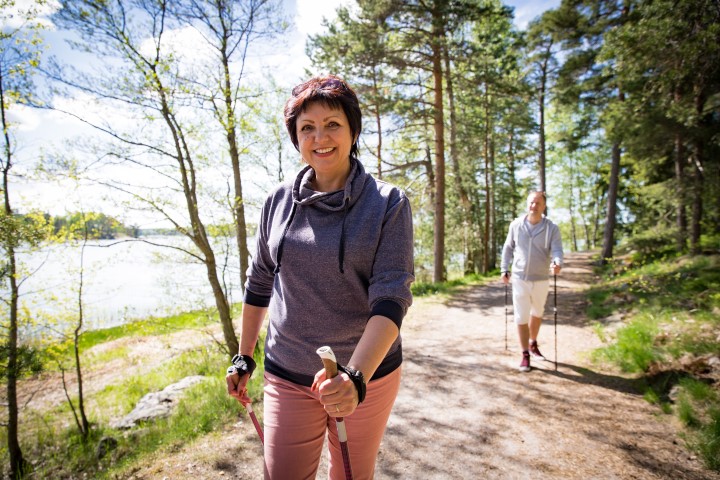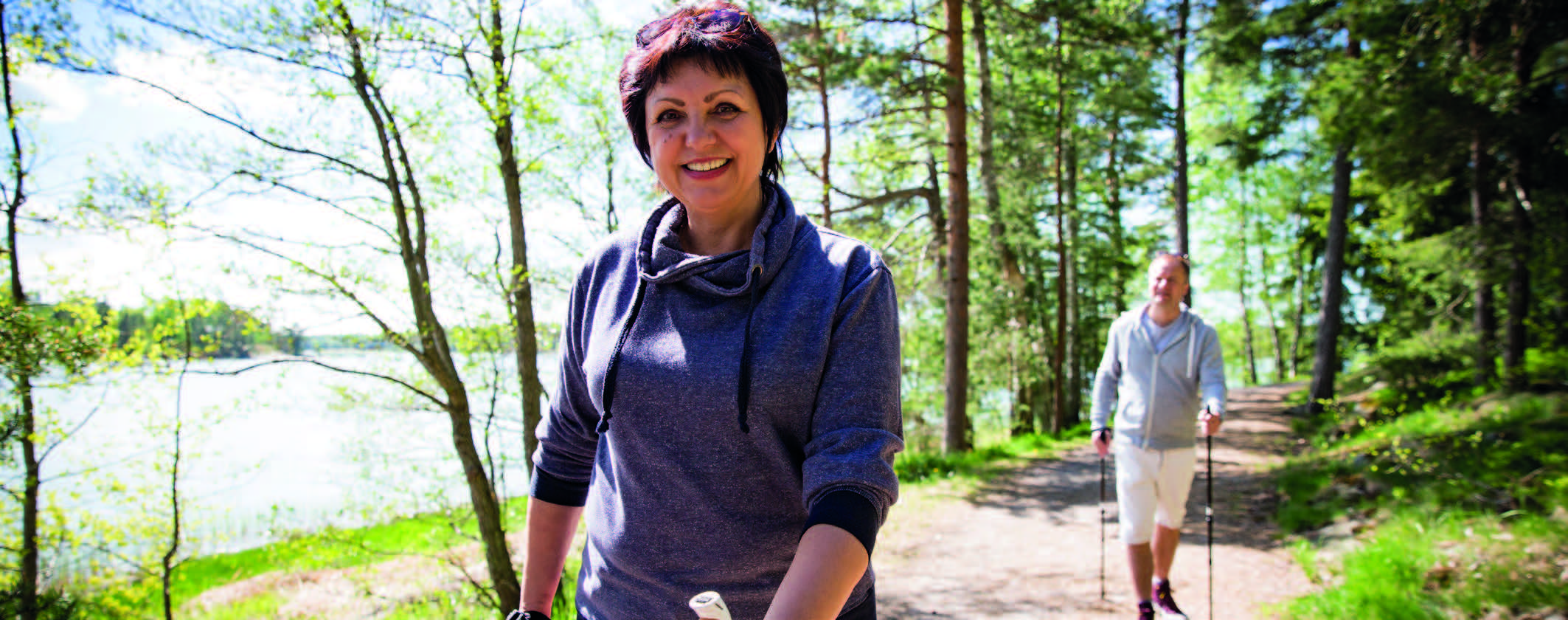Scientific
newsletters

The benefits of physical activity have been demonstrated for some time in the case of many diseases (pulmonary, cardiac, cancerous, rheumatic, etc.). Its relevance to neurological diseases has been discovered more recently but is well-documented in the case ofAlzheimer’s and Parkinson’s diseases (preventive and therapeutic effect) as well as multiple sclerosis (therapeutic effect).

Intensive training is the best stimulant for our brains, which are constantly reorganising themselves, due to its vasculogenic and neurogenic effects, as well as its effect on dendritic multiplication. Physical activity can also break the vicious circle of physical deconditioning which arises due to the commonest symptoms of multiple sclerosis (weakness and fatigue) and leads to an inability to work, social impairment and ultimately psychological decompensation. Physical activity can increase muscular strength and mobility, and prevent fatigue and depression and, more generally, improve quality of life.
Ideally, physical activity needs to begin at the time of diagnosis and continue without interruption. The exercises suggested (aerobic and anaerobic) must be done several times a week. They need to be customised, varied, regularly updated, preventive and significant. Collective sessions led by professionals should be organised to increase motivation and centred on the pleasure of taking back control over one’s body. Above all, however, the exercises need to be chosen by the patients themselves, so that each patient is able to design his or her own treatment. Sport (i.e. a competitive approach) is by no means excluded, but requires specific information.
The key to the success of this therapeutic approach, which is effective at all stages of MS and without side effects if undertaken properly, is to begin early and keep it up. This, in turn, depends on the professionalism of the host institutions as well as the motivation
of the professionals supporting the patients.
In practice
Further to a general and cardiac health review, the patient’s ability to walk, balance, muscular strength and EDSS (Expanded Disability Status Scale) must all be assessed. The patient should be informed of the importance of hydration (prior to and after exercise),
nutrition (slow carbohydrates two hours before exercise) and reassured should be reassured if a negative symptom arise during warm-up (Uhthoff phenomenon). He or she should also have a heart rate monitor and be given a logbook.
After a relapse, patients should be advised not to undertake any significant physical activity and gradually resume training at a later date.
The current recommendations are
EDSS score 0 to 3.5 (no disability to moderate disability):
Aerobic training (endurance): walking, Nordic walking, running, cycling, cross-trainer, stepper, rowing machine, gymnastics, swimming, etc.
Average heart rate during exercise: 65-75% of maximum theoretical heart rate (210 – age in men, 220 – age in women).
Goal: 30 minutes without interruption, three sessions a week.
- Anaerobic training (resistance): general but also specific, with or without equipment (weights, elastic, machines), static, concentric, eccentric and with emphasis on the weakest muscles.
- Muscles > 3/5 when tested: 80 to 90% of maximum strength, 5 to 10 repeats for 3 to 5 series of exercises, resting time between series at least 3 minutes
- Muscles < 3/5 when tested: 60 to 65% of maximum strength, 15 to 20 repeats for 3 to 5 series of exercises, resting time between series twice the exertion time.
- Goal: 2 sessions per week as 2-day rest required between sessions.
- Traditional stretching after each session. Yoga and tai chi are potential alternatives.
EDSS score 4 to 6.5 (initial limitation to walking to permanent need for walking aids):
- Aerobic training (endurance): same but in the form of interval training (exercise alternating with relative rest).
- Anaerobic training (resistance ): same.
- Stretching: same.
EDSS score > 6.5 (unable to walk):
- Aerobic training (endurance): archery, horse riding, cyclodance, etc.
- Maximum intensity 5/10 on the modified Borg scale (i.e. maximum moderate exertion perceived as difficult).
- Goal: 3 sessions a week.
- Anaerobic training (resistance): same but concentrating on upper-limb work and with a limit of 60% of maximum strength.
- Stretching: same.
Disease is not an abnormality but another way of being alive (Canguilhem)
Dr. Olivier Bouquiaux
Neurological and Functional Rehabilitation Centre (CNRF), Fraiture-en-Condroz

Newsletter 43
Stay informed
Receive all the information related to research and news from the Belgian Charcot Foundation directly in your inbox.
